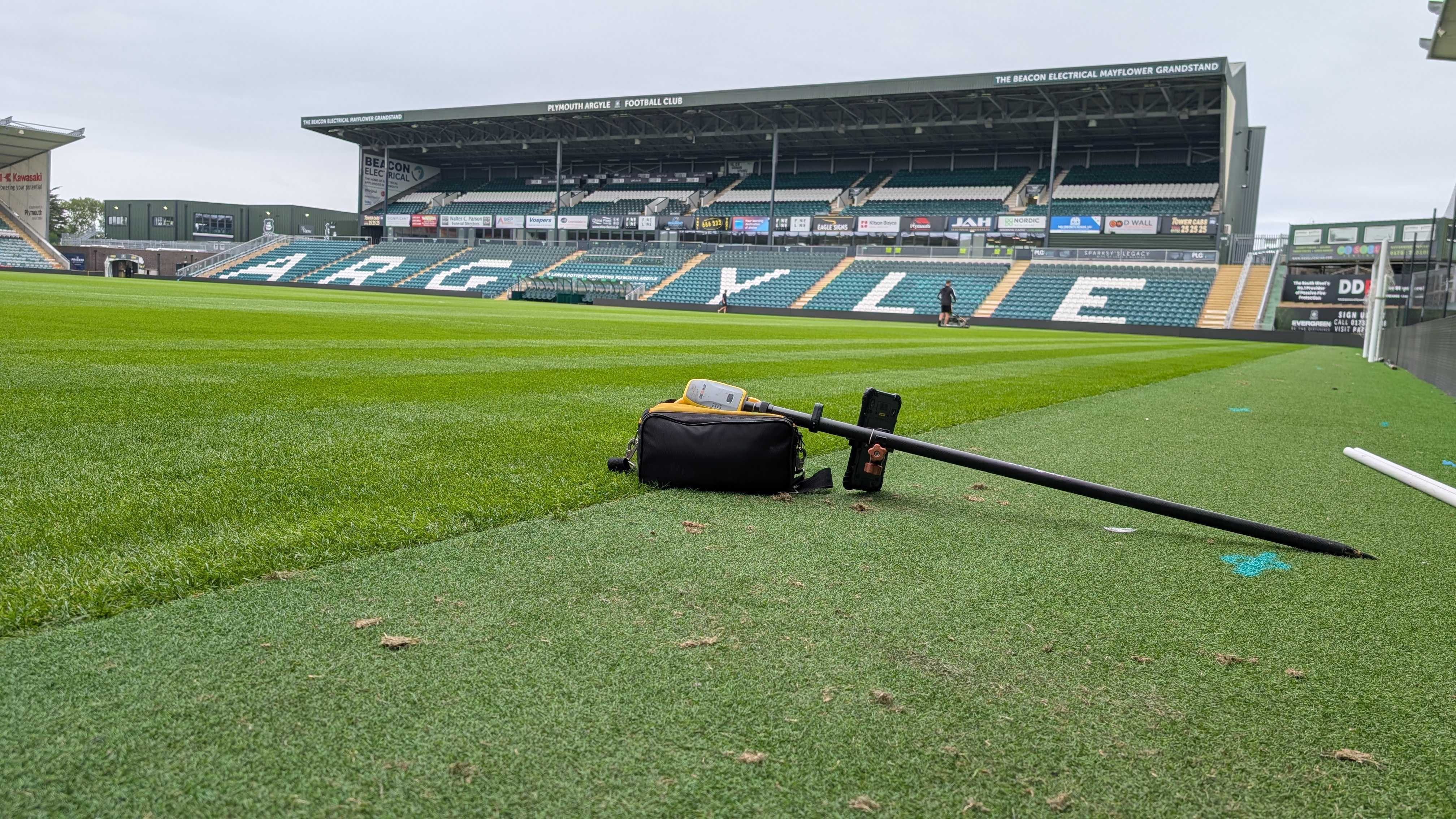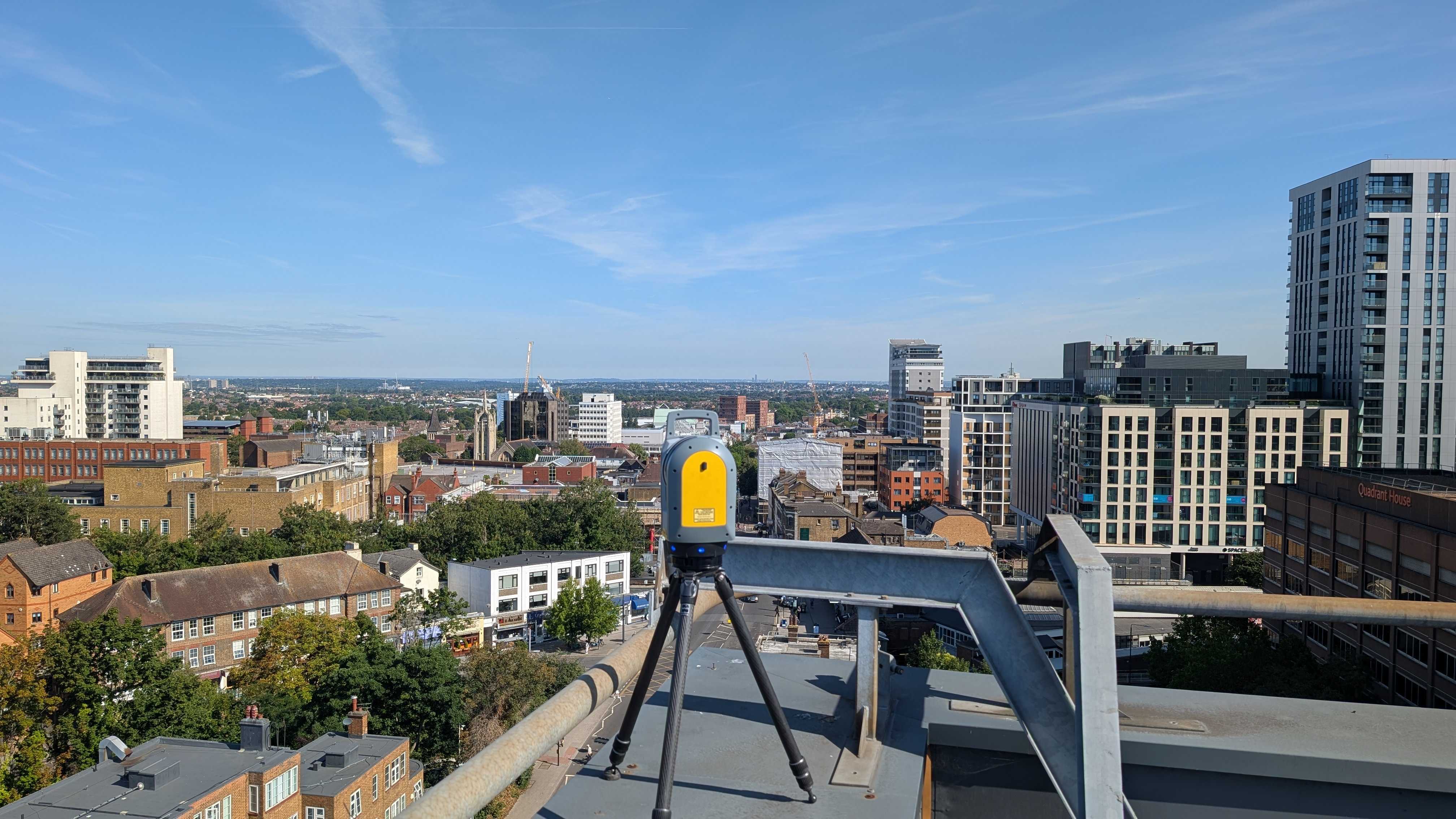As a construction manager, working with concrete is a regular occurrence. However, it comes with its risks, due to unknown or unexpected objects that may be concealed within a concrete mass.
That's where Ground Penetrating Radar (GPR) used for utility detection steps in.
This blog is your quick guide to why GPR surveys matter when working with concrete, as cracks and defects in this material can lead to serious problems, and fixing them is both risky and expensive.
In order to avoid time consuming and expensive repairs, GPR surveys can be used to give you the confidence to dig with certainty.
Pain Points for Construction Managers
In construction, time is money, and surprises are unwelcome guests on your site.
For construction managers, undetected concrete defects are more than just headaches – they're potential disasters waiting to happen. Here are some potential defects that GPR can detect:
- Hollow cored concrete
If you need to identify a sound, solid area of concrete suitable for fixings, a hollow core can cause issues.
- Tendons in Post-Tensioned Concrete
As tendons must not be damaged, they need to be accurately located before any cutting, coring or drilling works are started.
- Utilities within concrete slabs
Construction professionals working on reinforced concrete slabs, perhaps within buildings, need to be aware of hidden utilities.
Dealing with sudden structural failures, safety risks to your team, and the financial strain of unforeseen repairs are all real concerns to those disrupting concrete.
Early detection, using a GPR survey, becomes a game-changer, not only for ensuring the structural integrity of buildings but also for preventing safety hazards and saving costs in the long run.
The Solution: GPR Technology in Concrete Inspection
Ground Penetrating Radar (GPR) is designed to cut through the uncertainties of concrete structures.
High-frequency GPR (1,000MHz+), is best utilised when detecting concrete, as it works in shallow depths and provides a high resolution visual. During the conduct of the test, the GPR creates a conical wave into the concrete element, which results in different scans.
- A-scans (Amplitude vs. Time) are plots where the arrival time is measured in different locations/times due to the conical wave.
- B- scans (Amplitude vs. Time & Path distances) are plots where black and white colours are positive and negative to create an image.
Once this image has been produced, a topological survey can be used to detect specific utilities and how to best navigate your project around them.
What sets GPR apart is its efficiency and accuracy. GPR aligns with recognised guidelines, including the latest standards like PAS 128:2022 – “PAS 128 sets out the accuracy to which the data are captured, the quality expected of these data and a means by which to assess and indicate the confidence that can be placed in such data.” This not only ensures the reliability of the inspection but also demonstrates a commitment to upholding the highest industry benchmarks.
The Benefits Of Early Concrete Inspection
By using GPR surveying to understand the concrete lying beneath your project, you can be one step ahead of any pending disasters on site.
- Preserving Structural Integrity
Early detection of concrete defects acts as a proactive measure to preserve the structural integrity of buildings, bridges, and pavements.
- Mitigating Safety Risks
Beyond structural concerns, early detection mitigates immediate safety risks. By uncovering hidden defects before they escalate, GPR ensures a secure environment for construction teams and occupants, minimising potential dangers.
- Cost Effective
Reactive repairs can be financially draining. GPR's early detection not only prevents the need for extensive and costly fixes but also allows for efficient resource planning.
- Time-Efficient
Real-time data provision empowers construction managers with timely insights. This enables quick and informed decision-making, preventing project delays and ensuring that construction timelines are adhered to without compromising quality.
Conclusion
GPR's early detection not only transforms best practices but becomes a strategic advantage.
Choosing a reliable partner is key, and Intersect Surveys is here to help.
We understand that as a construction manager, saving time and money is of the utmost importance. Make sure to speak to a member of the team today, or explore our utility detection page on our website, to be confident during your next project.
FAQs
What is Ground Penetrating Radar (GPR) and how does it work in concrete inspections?
Ground Penetrating Radar (GPR) is a non-destructive geophysical method that uses radar pulses to image the subsurface. In concrete inspections, GPR works by emitting electromagnetic waves into the concrete.
Why is early detection of concrete defects crucial in construction?
Early detection of concrete defects is critical in construction for several reasons. It helps prevent structural failures, mitigates safety risks for construction teams and occupants, and saves costs by addressing issues before they escalate.
How does Intersect Surveys ensure the accuracy of concrete inspections using GPR?
Intersect Surveys ensures the accuracy of concrete inspections by combining advanced GPR technology with a team of experienced technicians. Their professionals follow industry standards such as PAS 128:2022, ensuring that inspections are conducted with precision and adherence to best practices.
Can GPR trace conduits, and how are the results presented?
Yes, GPR can trace conduits effectively. In the context of construction, it is crucial to locate and map services and conduits before drilling, coring, or sawing.
How does early detection with GPR contribute to the longevity of structures?
Early detection with GPR contributes to the longevity of structures by identifying and addressing potential issues before they evolve into serious problems.








